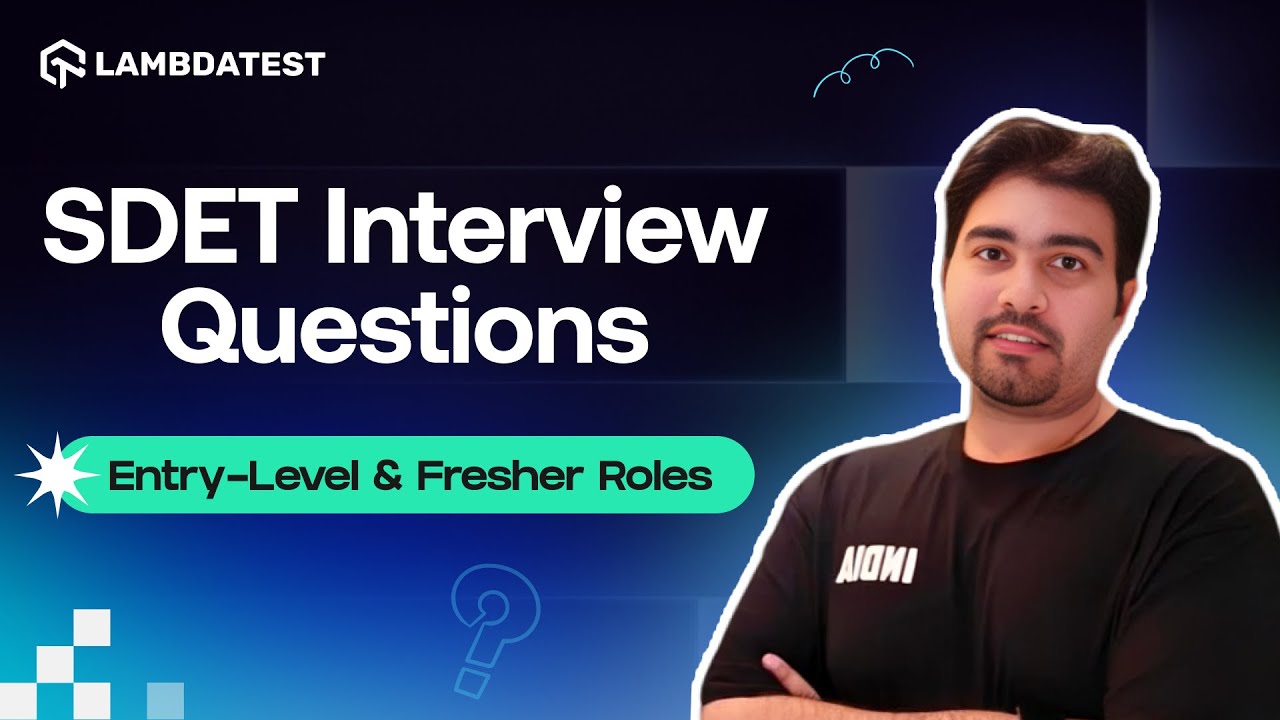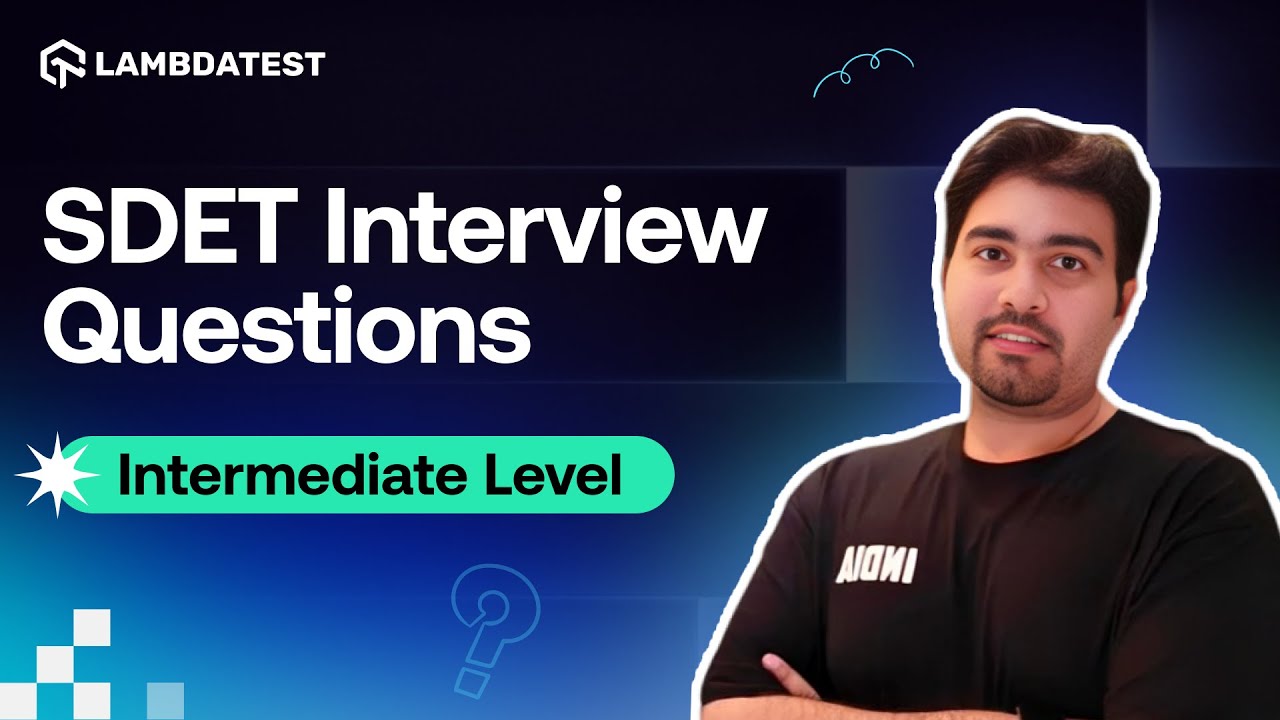 SDET Interview Masterclass Alert!
SDET Interview Masterclass Alert! 
Episode 1 kicks off with beginner-friendly SDET questions.
Learn about AI-powered practices, and real-world automation strategies every 2025 candidate must know.
Perfect for anyone preparing for their first SDET interview.
 Watch the video now!
Watch the video now!
After mastering the basics in Episode 1, it’s time to level up.
In this episode, we dive into framework-driven, automation-heavy interview prep, tackling real-world problems that test your practical skills.
Check out Now:-
Expect questions around basic testing concepts, automation frameworks, and coding fundamentals.
Interviewers love asking things like “difference between QA and QC,” “what is regression testing,” or “how would you design a test case for a login page.”
Brush up on one language (Java/Python/JS) and know Selenium basics; that’s a strong foundation.
For entry-level SDET roles, you’ll usually get a mix of theory and hands-on questions.
Example: “What’s your favorite testing tool?” or “How do you handle synchronization issues in Selenium?”
Also, practice writing small automation snippets , even if they’re simple, it shows you can code.
I’d suggest focusing on fundamentals: SDLC vs STLC, test case design techniques, and basic OOP concepts. Most freshers forget to prepare for scenario-based questions like “how would you test an ATM machine?” , those are easy points if you think logically and explain your approach step by step.
![]() SDET Interview Masterclass Alert!
SDET Interview Masterclass Alert! ![]()
![]() Watch the video now!
Watch the video now!
